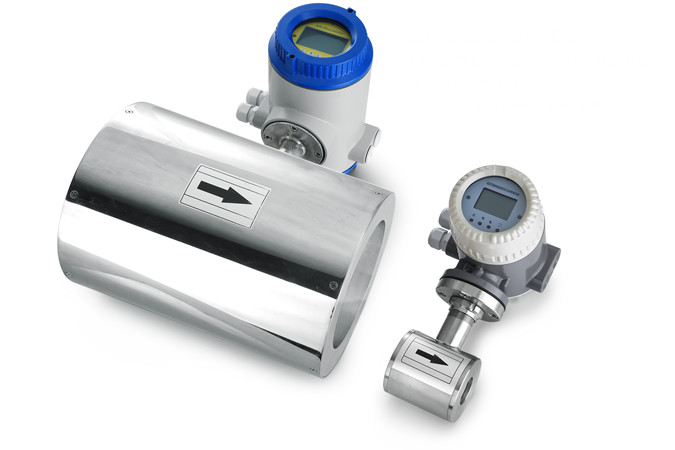
A flow meter is a device used to measure the flow rate or quantity of a gas or liquid moving through a pipe. Flow measurement applications are very diverse and each situation has its own constraints and engineering requirements. Flow meters are referred to by many names, such as flow gauge, flow indicator, liquid meter, etc. depending on the particular industry; however the function, to measure flow, remains the same.
What type of flow meter is best? There are no “universal” flow meters which are suitable for all applications. Selecting the proper technology for your application requires writing a flow specification which covers the use of the meter. There are usually trade-offs with each meter type, so knowing the critical specifications will be important. Things you must know:
1. Mass
The output signal is directly related to the mass passing through the meter.
Thermal and Coriolis flow meters fall into this category.
2. Velocity
The output signal is directly related to the velocity passing through the meter.
You will use this list to eliminate the technologies that do not apply (ex. Turbines don’t work for viscous fluids, Coriolis meters don’t respond fast enough for injection flow). Then you will have an apples-to-apples comparison of the remaining technologies. Accurate meters are priced based on their capabilities. It is better to locate the type of meter which fits your application before trading features for cost savings. Closely evaluate your extreme conditions, such as low flow rates, high pressure or temperature or the need to measure over a wide operating range. If these conditions are important, do not be swayed by lower priced alternatives that would be applied outside of their capabilities.